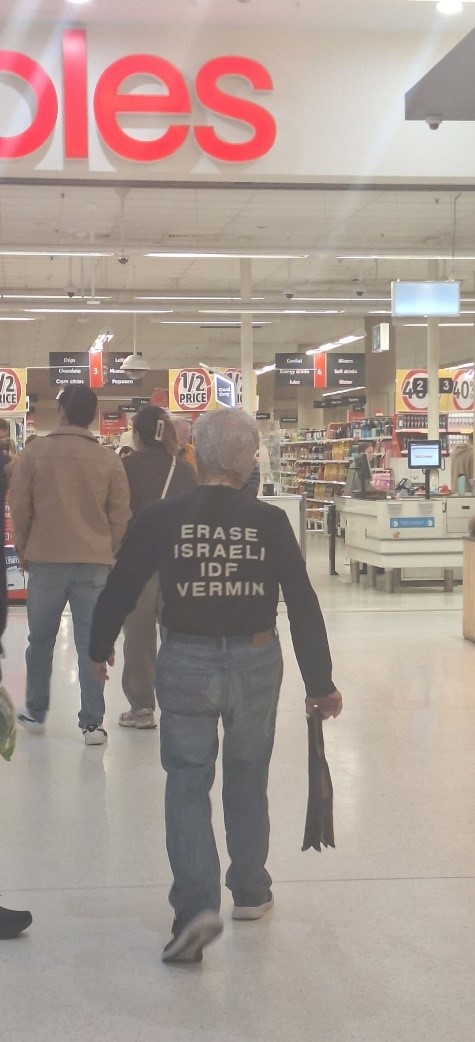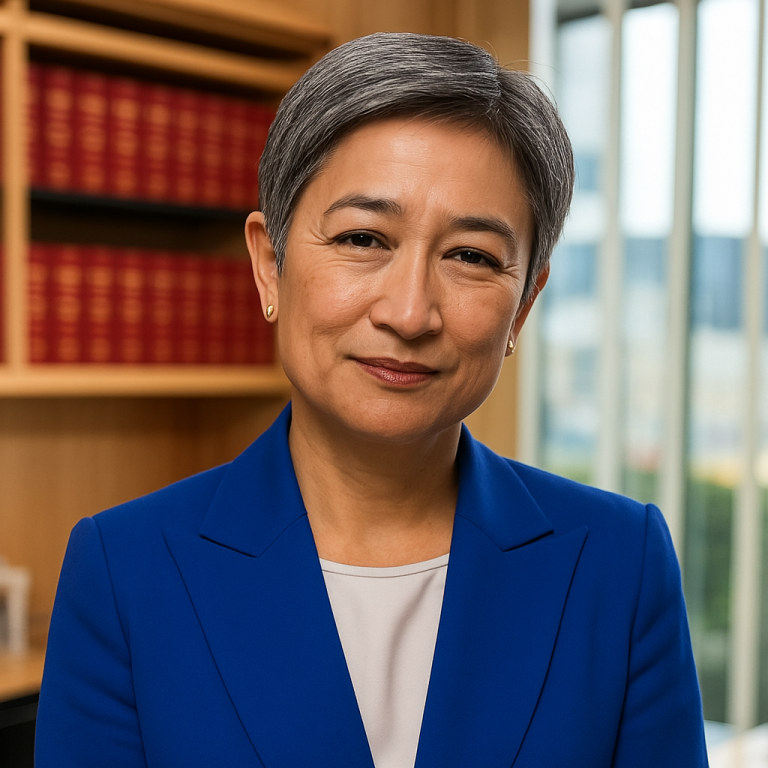Congratulations to my fellow Jewgle blogger for fearlessly raising a topic of utmost importance. I’d like to share a further perspective.
What attracted me to the Jewish community of Perth some 20 years ago, and remains as valid today, was the quality of the people in the community. The community has great infrastructure, which was a bonus, but that was not at the forefront of my decision to migrate, and I’m sure that many others would say the same. A community is about people, not facilities. Before embarking on any discussion about demographics, rationalisation, and asset management, we need to focus on the human side of community life.
We have a future, but how vibrant this future looks will depend on whether we as a community take the path of default or design.
Prior to migrating I lived in two similar small communities that were struggling with generational transition. Through a process of stagnation, and by failing to embrace the opportunity for change, they quickly became asset rich and people poor. Bold and necessary decision making relating to future infrastructure needs could not be successfully executed. This was driven in part by a sentimental attachment to the past ahead of an acknowledgement of future requirements.
The Perth Jewish community has reached the same juncture. Calculated risks are needed. Doing nothing may be more than just an opportunity lost. It would be the “boom to bust” that the previous posting articulated.
We control the buildings and chattels, until such time as we let them control us. Infrastructure is there to support community activity and not consume the capacity of our committees. If we become slaves to bricks and mortar then it comes at the expense of service and activation. Buildings depreciate and ultimately become liabilities when the costs of maintenance and renewal exceed their capacity to generate revenue. We are not the only ethnic community in Perth to currently feel the burden of escalating costs and diminishing returns.
To place further context around the issues raised, the combined revenue intake across the many community organisations in Perth is approximately $20 million per annum. The largest of these organisations are Carmel School and the MZH, and whilst some of the income sources for these operations are Government funded, the vast majority of revenue is user pays in the form of fees, memberships and donations. Spread across the population base of our community it is clearly a big ask to sustain the status quo into the longer-term.
The previous and current generation of Jewish Perth have left an amazing legacy, and with great foresight developed tremendous facilities that have been fit for purpose and served a wonderful need. However, we have now encountered a realisation that the character, demography and population of Jewish Perth is not what it was ten years ago.
But the real question is about what our community will look like in ten years, twenty years and in fifty years time? What is the legacy that we will leave for our children and grandchildren? Will it be a burden of debt that forces the sale of property, or will it be an upward spiral of economic growth that facilitates community participation and membership at a modest, or at the very least, a realistic cost? Do we plan for a community of 2,000, 8,000 or 16,000 members? What do we need to do to recast our community infrastructure to live within our means?
I would like to suggest that we have to broaden the discussion raised in the previous post, and make it about both structure and infrastructure. The former is about people, and the latter represents the results of our collective efforts. We cannot achieve the infrastructure outcomes without first consolidating the organisational structures which currently inhibit rather than enable an infrastructure recast.
The potential ideas that follow are conversation starters for discussion only, each of which may or may not have merit. I believe they are all interconnected and form part of a broader discourse that is urgently needed;
- The Perth Jewish community could consider elevating the JCCWA to a roof body that is modelled on the Jewish Federations of the USA. A peak organisation that is not simply titular and representative, but one that is professionally staffed with a revenue stream to deliver centralised corporate services and administration, social services, and advocacy across the entire base of the community. An entity that gives visibility for the community beyond its boundaries, which has a mandate from the community and accountability to it.
- The direction of philanthropy to Israel should not be discouraged. However the assignment of these donations should be challenged. When formed these organisations were needed to develop basic infrastructure in Israel. Today they are more needed to connect Israel to it’s Diaspora. Major charities can redirect and “boomerang” these funds back to Perth in the form of teachers, shlichim, and people who work in our schools and youth movements to inject Israeli culture and Hebrew language into our community. The longer-term benefits for Israel in the form of engagement and Aliyah would be worth far more than the current deployment of funds towards buildings and playgrounds.
- The physical infrastructure debate needs a broad approach which results in a truly collective strategy. Imagine a large mixed use residential/commercial development on the site of the current Jewish Centre, the scale of which provided for serviced apartments, rentals, and substantial retail occupancy. Just look the relatively recent development on Blythe St as a nearby example. Imagine relocating a convention centre, community organisations and a cultural hub onto the village site on the other side of Cresswell Rd. The possibility of entering a fixed-term commercial joint venture with a property developer, and funding a project through a combination of Government grants, partial land sales, and finance secured by revenue generating assets which include lease income, and even a museum and education centre that provided services to schools and community groups seeking to learn about Jewish culture. The key to any successful property development is a business case that ensures sufficient income will result that more than recovers the cost of ownership and renewal.
- The religious activities of the community can become less institutional whilst being no less functional. A minyan requires people, but can be transient when it comes to space. Many communities locate their Shule services in multifunctional rooms, and many more co-locate their minyanim to strengthen respectful religious diversity. A mikveh, eruv, kosher authority and religious administration should not be burdened by one entity over another, but rather the collective priority and shared cost of the community as a whole.
These are not small ideas and not easily brought to fruition. In order to execute there is a need for a holistic approach which first entails a complete reimagination of communal structure. We need to develop a model that embraces youth leadership, continual succession, enhanced corporate governance, and sustainable cost structures. In short, we have to deliver the next generation the opportunity to be part of one community, as opposed to a collection of organisations.
No doubt the first response to this article, and that of the column previously published, will allege that those who speak out need to get more involved. That is a fair call to action. This community has a very capable and well-intentioned middle-age generation, many of whom can become more involved despite the vicissitudes of providing for their families. Many of my peers believe that the incentive to drive change must be real, or else their efforts will be stalled. More specifically, that the willingness of organisations to set aside their parochialism and embrace a “whole of community” response has to be meaningful if broader outcomes are to be achieved and it becomes attractive for people to become involved.
The time is upon us to think differently. In the words of one of my Israeli friends “If you think that you can, or you think that you can’t, you’re right!”



